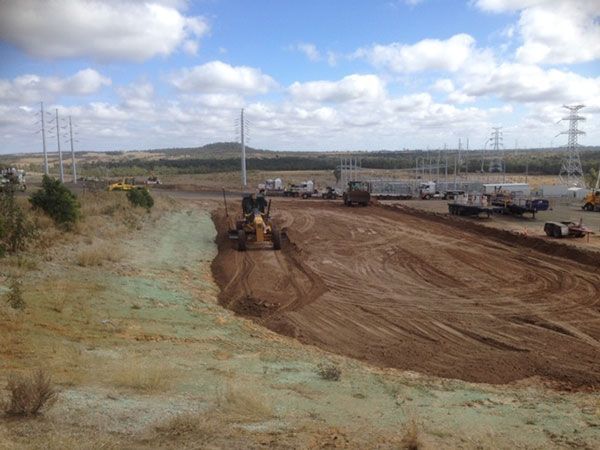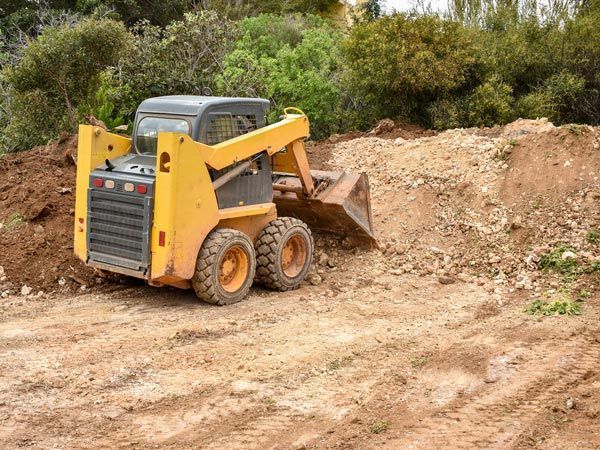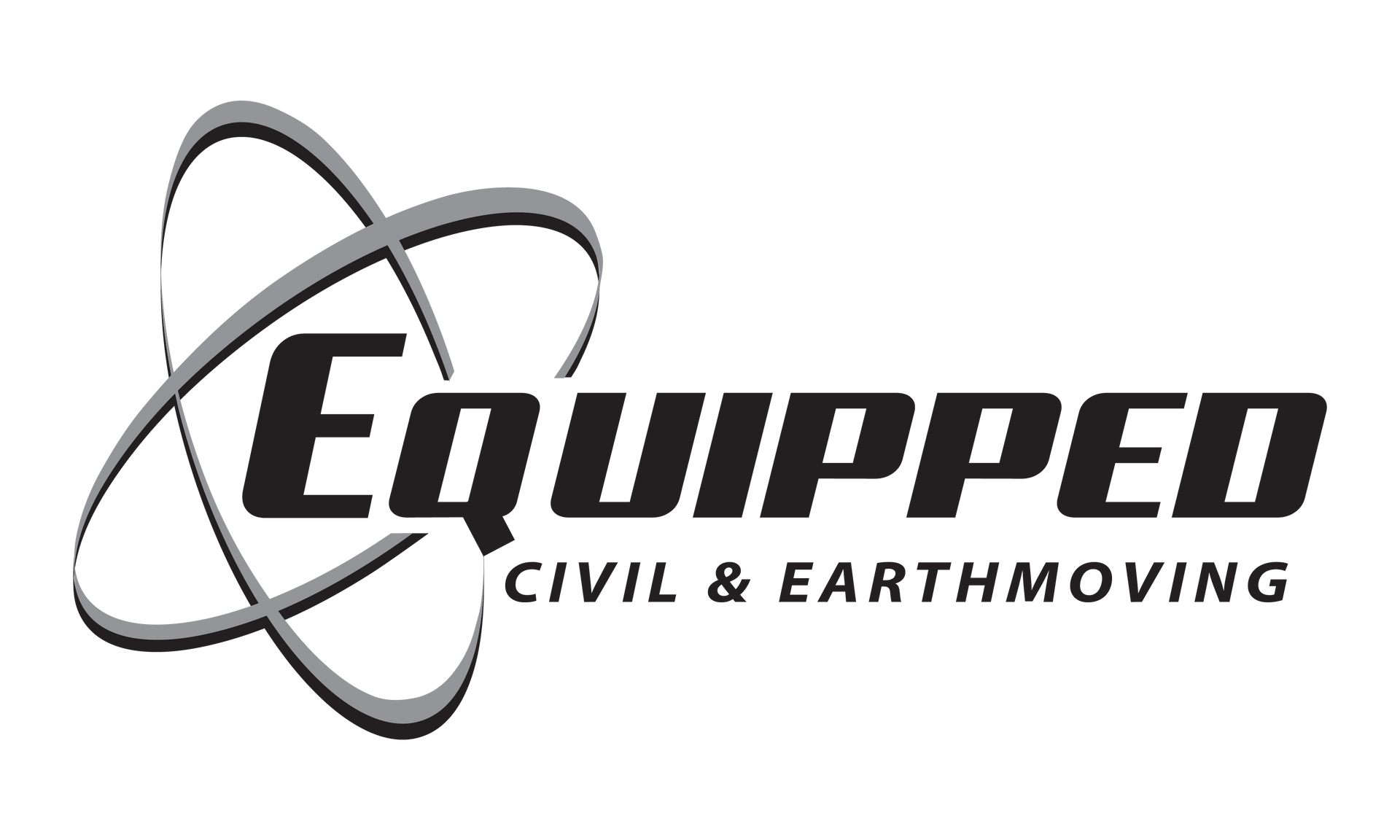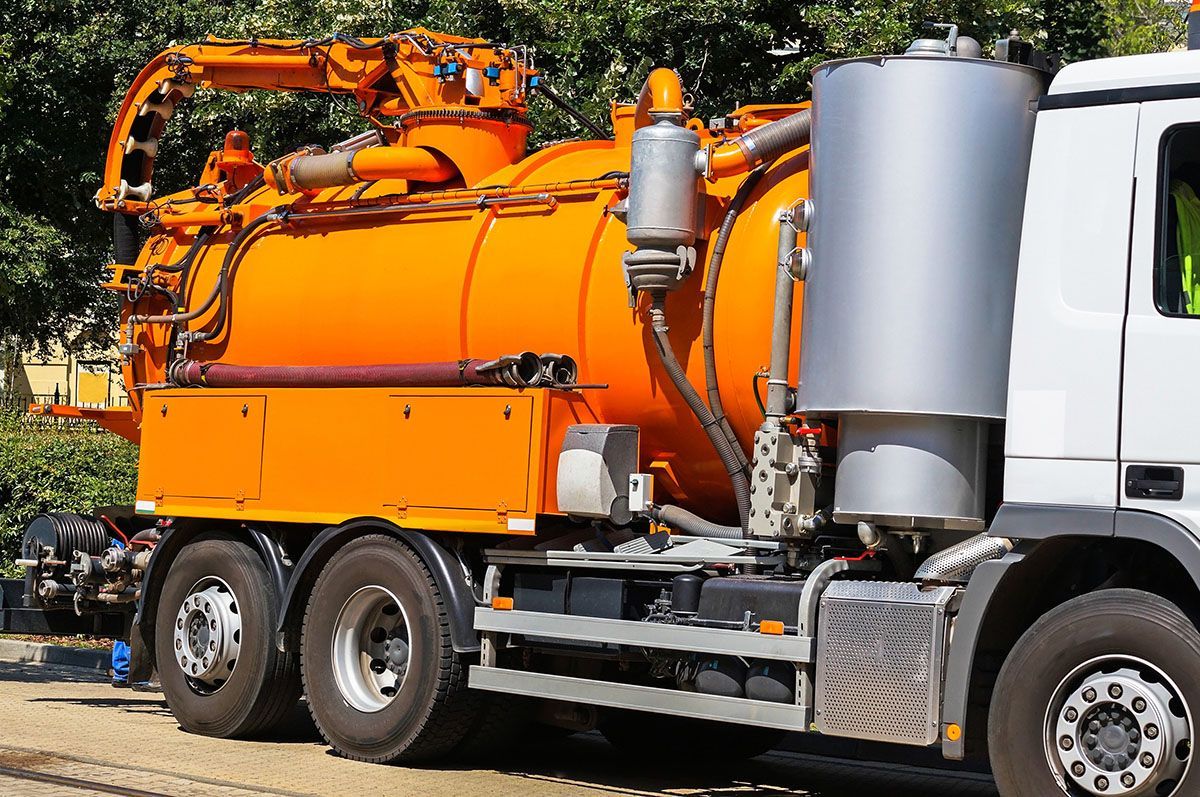What is Hydro Excavation?
Hydro excavation in its simplest form is the removal or movement of soil utilising pressurised water; whether it is hot or cold water. Once the soil has been disturbed, the excess debris or soil is transferred to a debris tanker using an air conveyance. By employing this method of excavation, it allows for a safer and more accurate excavation to locate utilities for replacement or maintenance.
How Hydro Excavation Work?
How the vac truck operates is through combining both highly pressurised water and an air vacuum. By combining these two systems, it enables the pressurised water to slice through organic and inorganic materials and fracture these materials. By implementing an air vacuum, this lifts the broken-down debris and other materials from the excavation site into a debris tanker. This minimises clean-up and enables the excess debris to be used at a later date for compression.
Now, there are two main hydro excavation vacuum sources, these include a positive displacement blower or a fan system. A positive displacement blower enables the user to excavate at a greater depth than the fan system but has slower airflow. It can also flow the air at a substantial distance compared to the fan system. In comparison to the fan system, this option can disperse air in an immense amount which ultimately allows for rapid excavation. The fan system also is much easier to control and considerably lighter than a positive displacement blower.
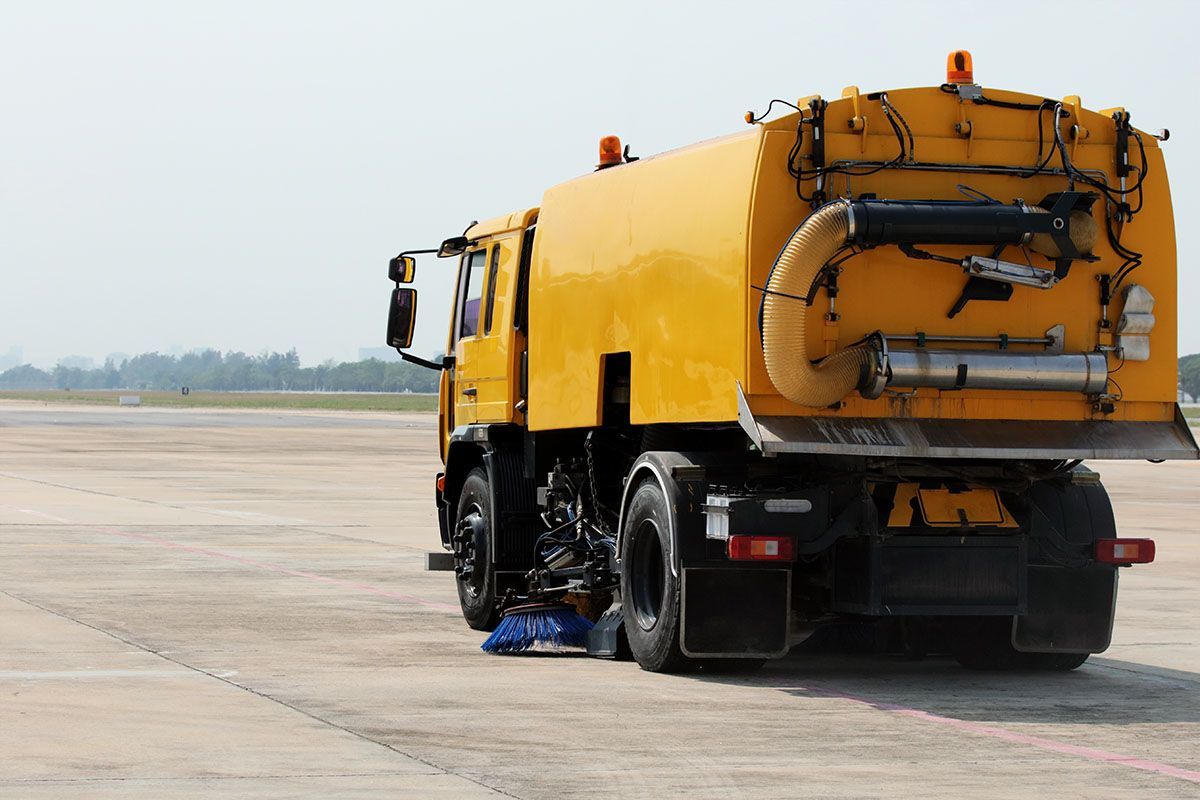
Benefits of using Hydro Excavation
Many benefits can be attributed to hydro excavation, the primary benefit being improved safety. Hydro excavation provides improved safety and damage control when compared to mechanical excavation. Because of its much-improved accuracy, this decreases the injury rate and therefore improves the quality of the excavation.
Another benefit is that hydro excavation eliminates the worry of damaging important underground pipes and underground services such as gas, water, sewer and telecommunication lines. This in turn reduces the high costs of damaging underground services. By minimising the damages also allows for more time to complete the excavation rather than focus on repairs.
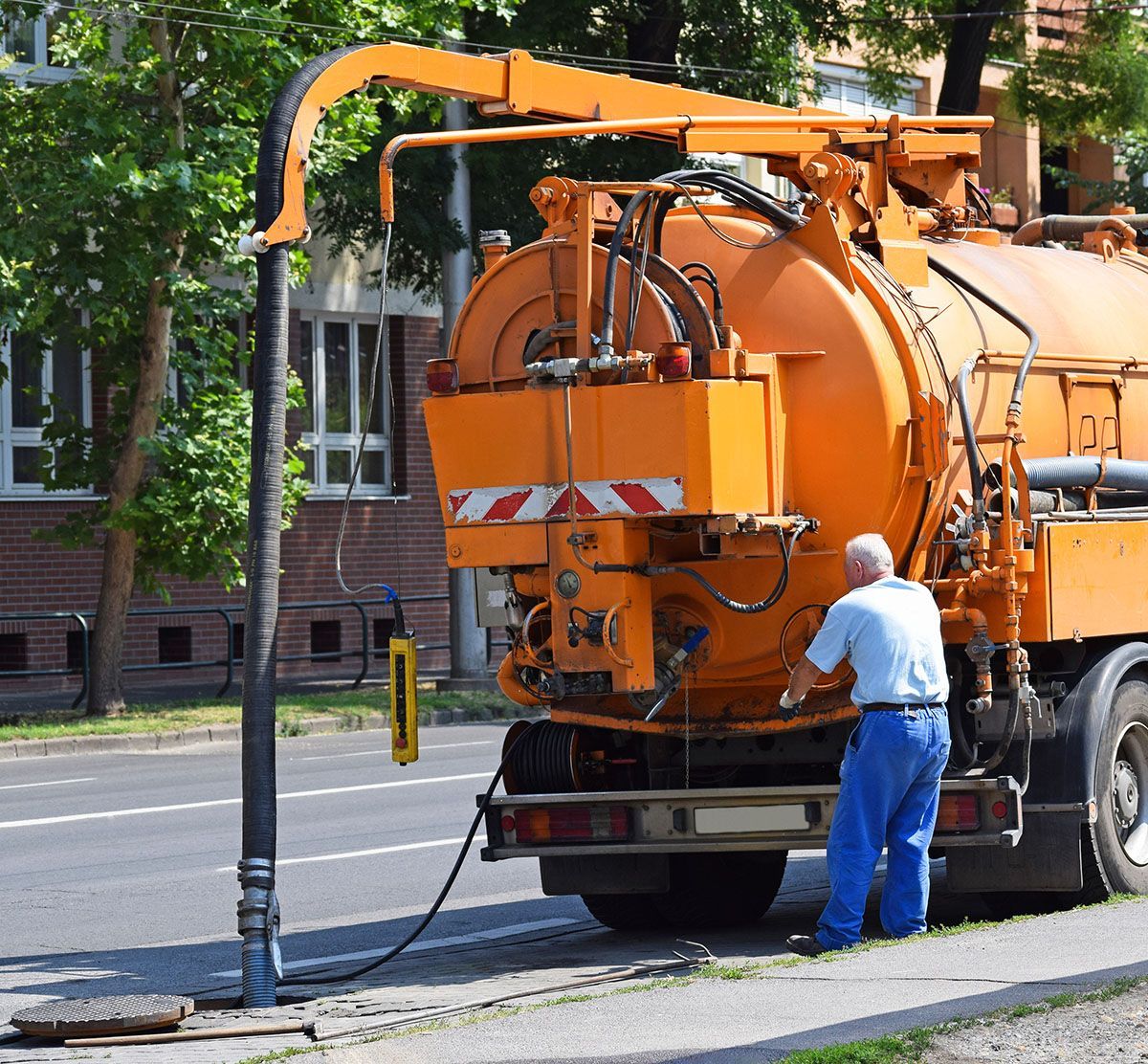
Where can Hydro Excavation be used?
Hydro excavation can be applied to various working environments including underground and subsurface utilities as construction for these are constantly being changed. Hydro excavation can also be utilised for the installation of pole, sign and line services as well as potholing or daylighting. As the equipment can be located a distance away from the worksite, this reduces obstruction of traffic in the excavation area and increases workflow.
Another application for hydro excavation is landscaping and earthworks as this enables accurate excavation without disrupting the underground soil and services around the area being excavated. This in-turn keeps the surrounding soil strong and compact. By using hydro excavation for pipe and sewer rehabilitation, this significantly diminishes the chance of puncturing a hole in the pipe works and adding more costs for repairs and replacement.
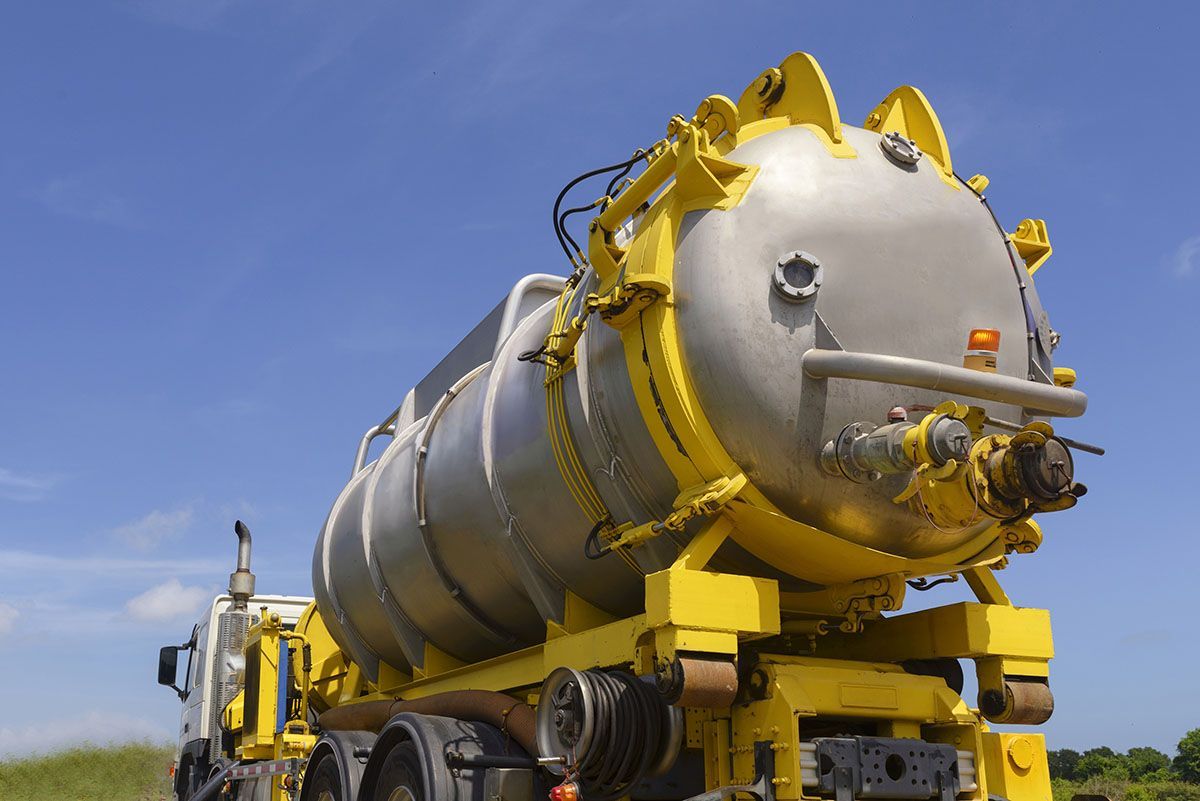
Equipped Civil & Earthmoving supplies and maintains a comprehensive selection of vacuum trucks as well as
excavators,
loaders,
skid steers,
tippers,
graders and
dozers in and around the Toowoomba region.
Enquire today on how we can provide you with the seamless vacuum truck for your project today.
